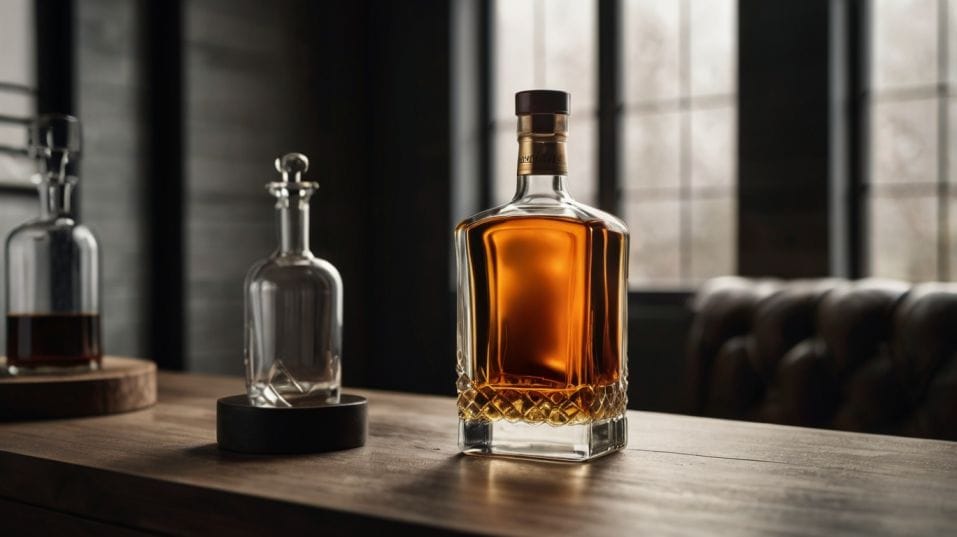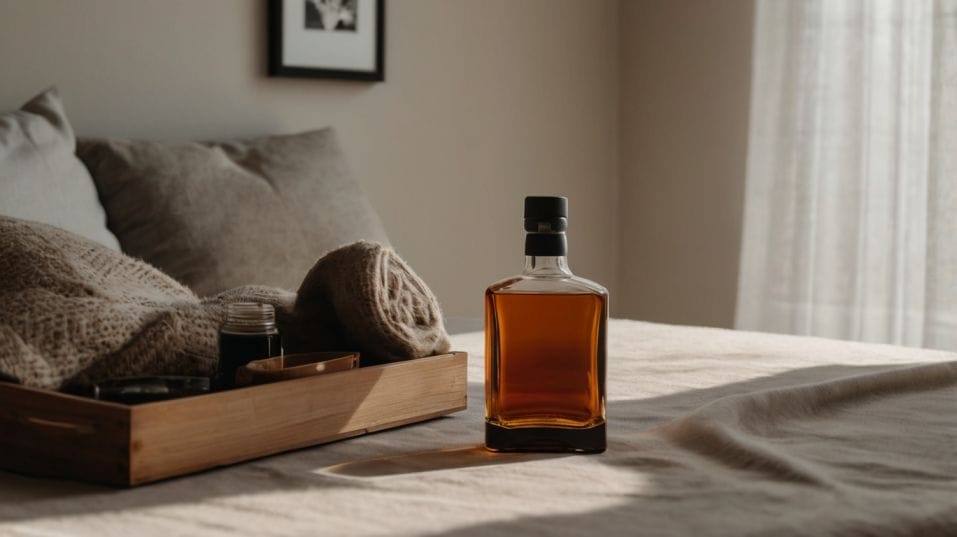Best Places to Buy Rare Whiskey Online
Level up your whiskey game. Learn where and how to buy rare bottles online with confidence—perfect for new collectors and curious sippers.

What if your next whiskey wasn’t on a shelf—but in a private collection across the world, just a click away? For curious drinkers ready to level up, buying rare whiskey online isn’t a gimmick—it’s a gateway.
A way to taste beyond your zip code. From dusty Scotch distillery one-offs to bourbon that never hit retail, the web is where serious collections start. All you need is a little strategy—and the right place to look.
The Real Value of Buying Rare Whiskey Online
Let’s get one thing straight: rare doesn’t always mean good. And expensive doesn’t always mean worth it. But online is where the real range lives.
Local shops might have a few dusty surprises, sure, but online platforms give you access to decades of distilling history, global styles, and oddball bottlings you won’t find in your city—maybe even your country.
But it’s not just about access. It’s about control. Online buying lets you hunt on your terms. Compare cask finishes. Search vintage years. Track auction trends.
Dig into independent bottlers. That kind of visibility makes you a smarter buyer. It puts your taste—your curiosity—at the center of the experience.
Whether you're eyeing a discontinued Highland single malt or chasing a private-barrel bourbon that never hit retail, online sources are how the real collectors do it.
Not because they’re flashy. Because they’re efficient, transparent, and connected to the pulse of the whiskey world.

What to Look For in a Trusted Whiskey Platform
Reputation counts. If a site’s been around for years, if it’s used by collectors and watched by flippers, it’s probably earned its place. But don’t stop there.
Scrutinize the details. Do they list the exact bottle code? Do they photograph the actual item? Is there information on bottling date, ABV, or cask type?
You want to buy from places that treat whiskey like something worth documenting, not just flipping.
Storage is another quiet tell. A serious seller cares about climate control. They know corks shrink, labels fade, and temperature swings kill investment-grade whiskey.
Look for mentions of bonded storage, warehouse conditions, or third-party verification. If you’re building a collection that holds value—or flavor—you need to know that bottle’s been cared for before it ever hits your hands.
You’ll also want to keep an eye on their policies. Do they insure shipments? Do they consolidate multiple orders for global shipping?
Are returns even possible (rare, but still)? Reading the fine print is boring—until your bottle arrives half full and no one’s answering your emails.
Understanding Auctions vs Retail—And How to Play Both
Not all rare whiskey sources are created equal. Auctions and retail platforms serve different purposes, and if you want to collect with precision, you need to know when—and how—to use each.
One isn’t better than the other. They just play different roles in how you hunt, buy, and build.
Auctions
Here’s the deal: auctions are where the weird stuff lives. Closed distilleries. Obscure Japanese single malts.
First-run craft bourbons before the brand blew up. But they’re also where prices spike fast and fakes can slip through if you’re not paying attention.
Winning at whiskey auctions means learning to read the room. Study recent sale prices. Check fill levels. Know how much label condition matters.
If you're bidding on a 1980s Ardbeg and the fill’s down near the shoulder, that’s not a bargain—it’s a gamble. Always factor in buyer’s premiums, taxes, and shipping before you throw your hat in the ring.
Retail
Retail, by contrast, is cleaner. You pay more upfront, but the guardrails are tighter. Legitimate retailers verify provenance. They often have relationships with importers or distilleries.
Some even offer access to allocated stock if you’re a regular customer or part of their membership program. And for newer collectors, that reliability can be worth every extra dollar.
That said, retail doesn’t mean passive. The best collectors use retail and auction platforms strategically. Buy your everyday drinkers from reliable shops.
Go to auctions when you’re hunting something rare, collectible, or out-of-print. Just don’t fall into the trap of chasing every “limited edition” bottle. Half of them won’t hold value. Fewer still will taste worth the price.
How to Build a Rare Whiskey Collection with Purpose
The biggest mistake beginners make? Chasing hype. Allocated bourbon drops. Overpriced Japanese releases.
Bottles that look good on Instagram but fall flat in the glass. If you want to build a collection that evolves your palate and stands up to scrutiny, you need to collect with intention.
Start by focusing on variation—across region, style, cask, and age. Grab a high-proof Islay for smoke. A single-cask Speyside for nuance.
A young rye to sharpen your edge. A sherried Scotch to explore depth. Don’t get stuck on one category just because it’s popular. The more styles you taste, the more calibrated your judgment becomes.
Also, chase eras. Distilling practices change over time. So does the quality of wood, the shape of stills, even the fermentation timelines.
Buying a Glen Grant from 1994 isn’t just about age—it’s about tasting the DNA of that decade. Learn how to track down those windows. Taste across vintages. That’s how you go from curious to confident.
Independent bottlers are your secret weapon. They often offer the same spirit as the big names, but with single-cask focus and no chill-filtration or coloring.
That means more texture, more variation, more honesty. Explore labels like Signatory, Gordon & MacPhail, or Compass Box—not for the names, but for what they reveal about the liquid.
Logistics: Taxes, Shipping, and Managing the Risk
So you’ve found the bottle. It’s legit. The price checks out. Now comes the boring but critical part: getting it to your door in one piece.
If you’re buying internationally, be prepared for import duties and customs delays. Some platforms handle this cleanly, others drop it in your lap.
Know your local laws. Some U.S. states are tight on alcohol imports. Others are more flexible, especially if you're buying from within the country.
Always check the packaging standards. A rare bottle with a loose cork or cracked wax seal can oxidize in transit. That ruins the flavor—and the value.
Look for sellers who use bottle protectors, secure boxing, and thermal insulation when shipping in hot or cold seasons.
If you’re planning multiple buys, look for platforms that offer “vault” storage or shipping consolidation. That lets you buy at auction or retail over time, then ship everything in one insured package. It’s safer. Smarter. Cheaper.
And don’t forget tracking. A $2,000 bottle lost in the mail without insurance is just an expensive lesson. Don’t learn it the hard way.
Final Thoughts
Buying rare whiskey online is equal parts education, strategy, and instinct. The best platforms aren’t just marketplaces.
They’re ecosystems—places where information, access, and flavor come together. You’re not just shopping for bottles. You’re building a tasting archive. A personal whiskey library. Something you can explore, share, and refine over time.
So start sharp. Think long-term. Trust your curiosity, not the hype machine. Taste across styles. Track your preferences. Use every bottle to get smarter.
And don’t wait for the “perfect” one. The best whiskey you’ll ever taste might already be out there—sealed, waiting, quietly brilliant. Find it. Open it. Start building your collection with purpose today.




